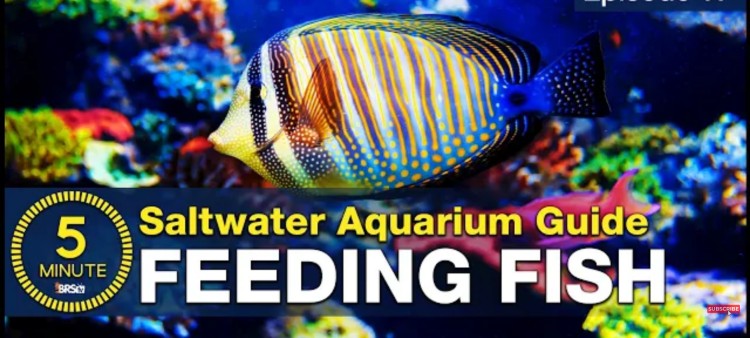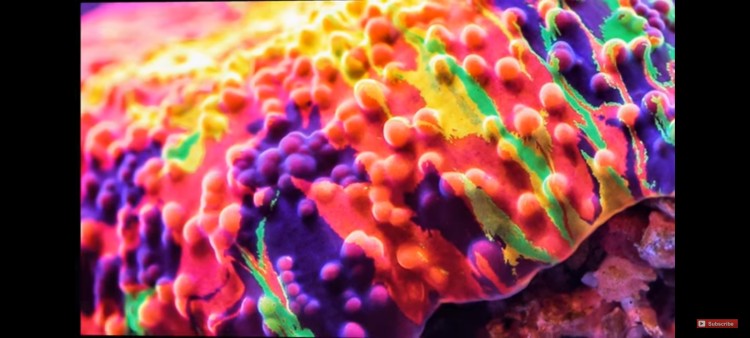The Best Way to Feed Your Fishes
- Aug 06, 2022
- Anshika Mishra
- 254 0 0

It's time to talk about feeding your fish. It's twofold. First, you want to get nutrients. But, second, overdoing it is the cause of all kinds of issues. And in this article, we are going to find that balance.
Nutrition
It is essential for a beginner to choose a fish with simple feeding needs. The perks of starting with easy fish are that they have complex nutritional deficiencies, and almost any food will keep them alive if that's the only goal.
However, they are new pets, and the goal is more than that. If you treat them right, some of them will be with you for decades.
In terms of nutrients, there are four main concerns:
- Nutrient content
- Similarity to a natural diet
- Coloration
- Nutritive density
You can approach this in a variety of ways, but a mix of TDO Chroma Boost pellets, Hikari Seaweed Extreme, and Frzone Canadian Mysis is going to produce some of the best results.
Nutritive Content
This primarily means protein and fat contents. Fish will use protein to build muscle tissues, and fat is one of the primary sources of energy. Therefore, almost every food pack has protein and fat content on the label.
With dry food, 50% protein and fat in the low teens is a pretty good standard to meet and exceed. Frozen food that has too much water weight, 12% protein, and upwards of 2% represents some of the better food options.
Similarity to Natural Diet
Second, with similarity to a natural diet, frozen foods seem to be palatable and similar to the fish's raw diet. But this means that the primary ingredients are aquatic base and not corn, soy, fruits, or terrestrial animals.
Similarity to a natural diet also means incorporating foods natural to a fish's diet. For instance, the Tangs eat a lot of algae. So, incorporating algae into their diet is valuable. Likely even necessary for normal metabolic function.
The Hikari Seaweed extreme is 67% algae and one of the easiest ways to achieve that goal.
Coloration
Many fishes cannot synthesize desirable color pigments on their own, at least not in quantity desired by reef aquarists. So adding green and red edible pigments via the diet is a very effective way of really getting that color pop from your fish.
Nutritive Density
Pellets are about 5-10 times as nutrient-dense as weight as frozen foods. Meaning they can eat much less and get the same nutrient.
But it so means that 5-10 times as easy to overfeed pellets as frozen foods. Maybe worse because shots are kept in the tank and tempt us to feed all the time.
Whereas frozen food requires us to go to the freezes first. So, the reality is that those that feed frozen foods are way less likely to overfeed their tanks as pellets. So, keep that in mind.
Overfeeding
If you are overfeeding, all your extra food will break down into Nitrate and phosphate in the tank. These chemicals are plant fertilizers, so they feed undesirable algae growth.
So, in that spirit, the two sure-fire signs of overfeeding are algae growth or continuously rising algae growth that eventually leads to algae growth. So, shoot about 2-5ppm of Nitrate and 0.1-0.3 ppm of phosphate.
But it is less about hitting the perfect number and more about making sure it isn't continually rising. However, suppose you can't stop overfeeding. In that case, you'll have to do more water changes or up your filtration game with a better skimmer and filter socks to catch the waste or refugium that grows algae remotely to uptake the trash from adding too much food.
Conclusion
We suggest you feed frozen one day and then mix the two pellets the next. Getting the right amount can be tricky.
So, take the amount you want to feed because you like feeding the fish and cut that down by 80%, and that's probably the right amount.
You can also use feeding rings as they make it much easier for the fish to get as much as possible of the food you added rather than letting it get lost in the tank.







About author